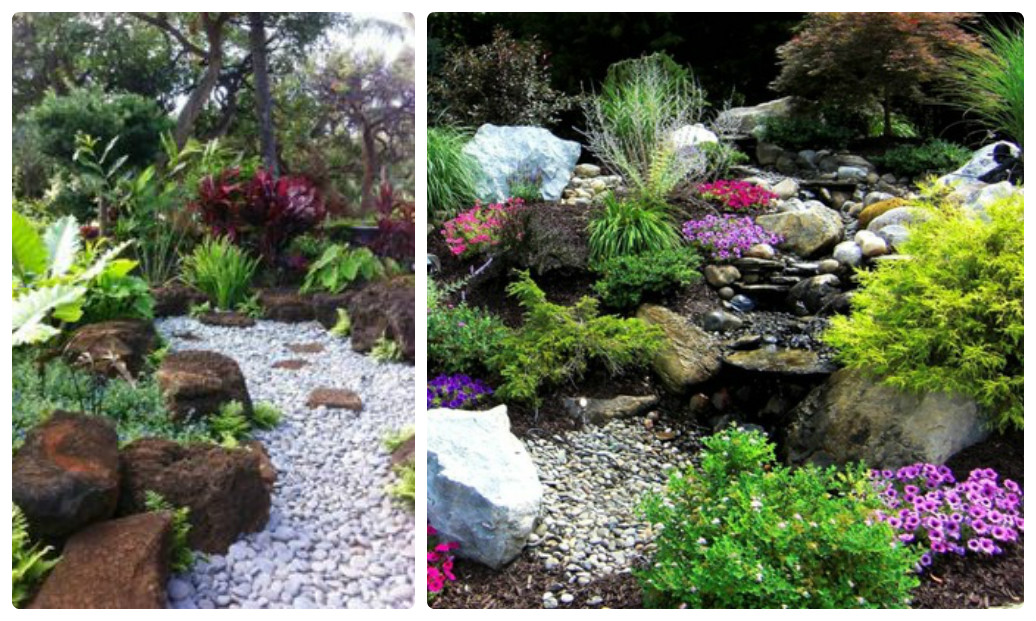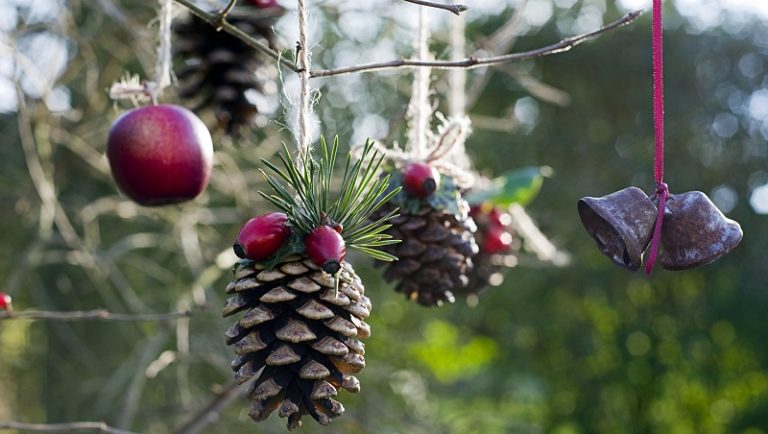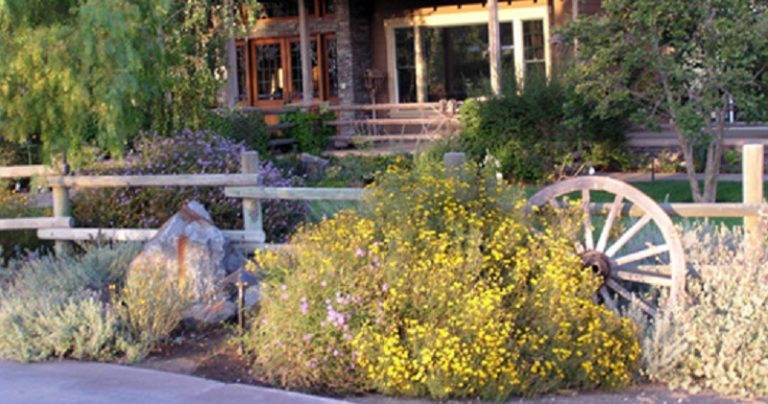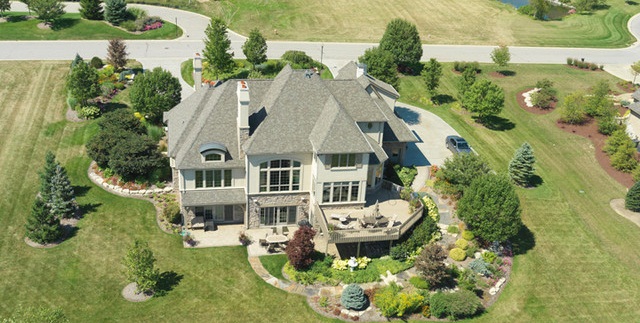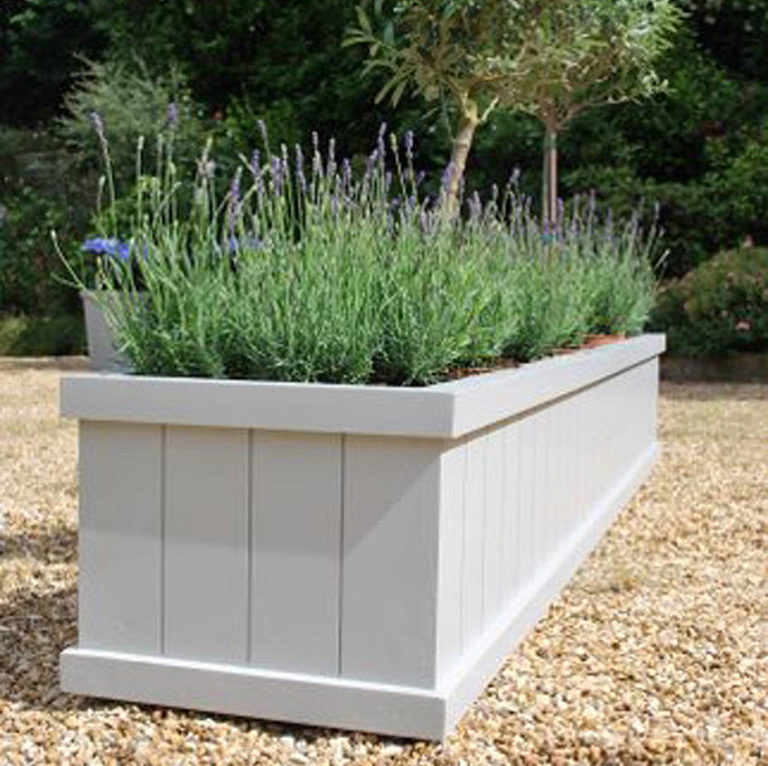How to make a dry stream with your own hands
Dry stream is increasingly found in modern landscape design as a beautiful décor. The first dry streams appeared and became popular in Japanese gardens, where it was difficult to use real streams filled with water. If you decide to make a dry stream with your own hands, you must adhere to the only and main melter: the width of the stream should not be the same. Make an imitation of a living stream – somewhere wider, somewhere narrower, as if water is flowing (in a wave), and differences in soil height can be turned into dried waterfalls by planting bright blue flowers (for example, lobelia).
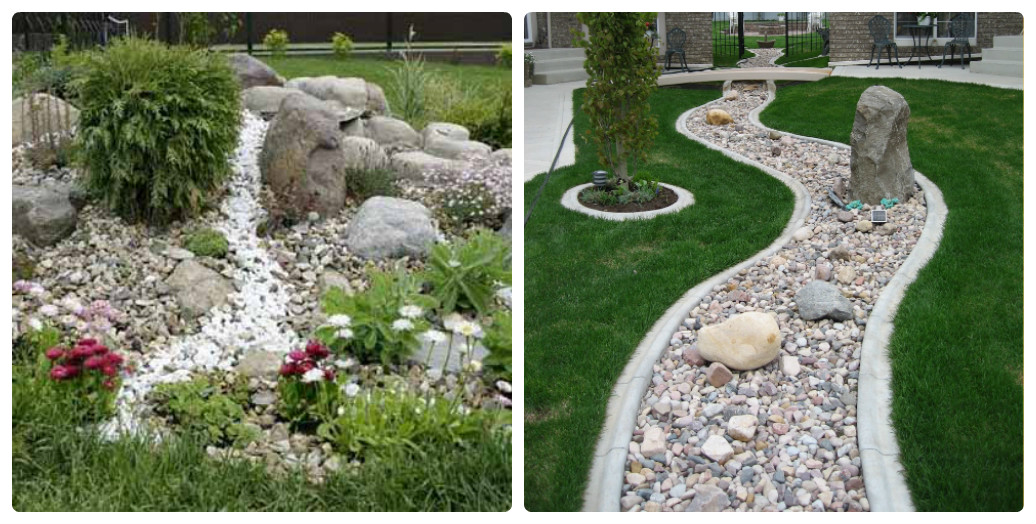
Advantages of a dry stream in the landscape
The first and significant advantage of a dry stream is that a dry stream is a much cheaper décor than a real one.
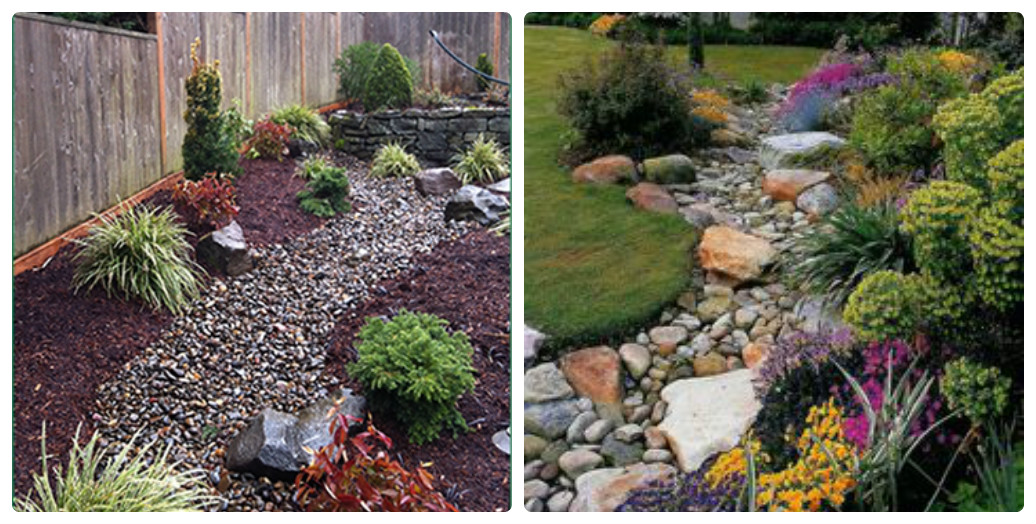
Steps to build a dry stream
Before you start planning the creation of a dry stream, you need to determine the location, shape and size of the stream. Draw the contours of the future stream with sand on the territory.
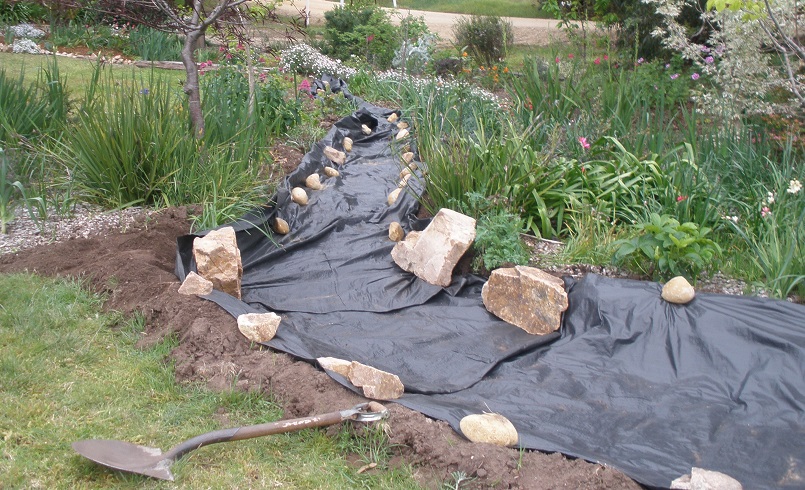
Earthworks
After choosing the shape, size and location of the stream, you can start earthwork. Along the above contour, we dig a hole: we remove a layer of earth from 15 to 30 cm as needed. It is advisable to cement the bottom of the pit with a thin layer, cover it with a film with holes to prevent grass growth.
The next stage is the most interesting: we lay out stones at the bottom of the stream. The choice of stones is very large, so you must first decide what color the dry stream will be.
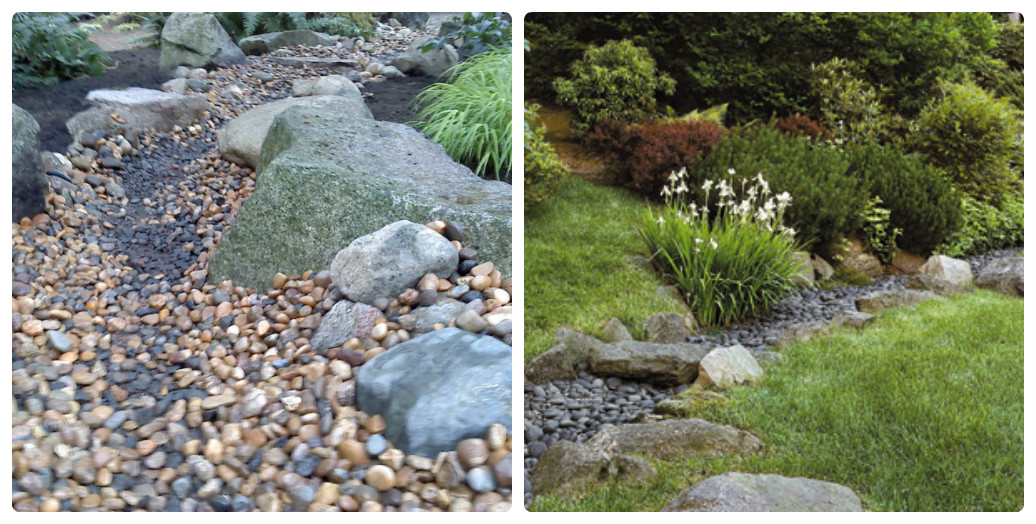
Selection of stones for a dry stream
The stones are also very different in size and shape. For example, granite will give a brown color, basalt and slate will give our landscape a delicate, gray-blue hue, and if you use limestone, the stream will turn out to be light.
You need to start laying out the stones from the largest, they will become the basis of a dry stream and create banks.
If the dry stream is wide enough, large stones in the middle will look very beautiful – you will get the effect of islands. The stream bed is laid out with small pebbles.
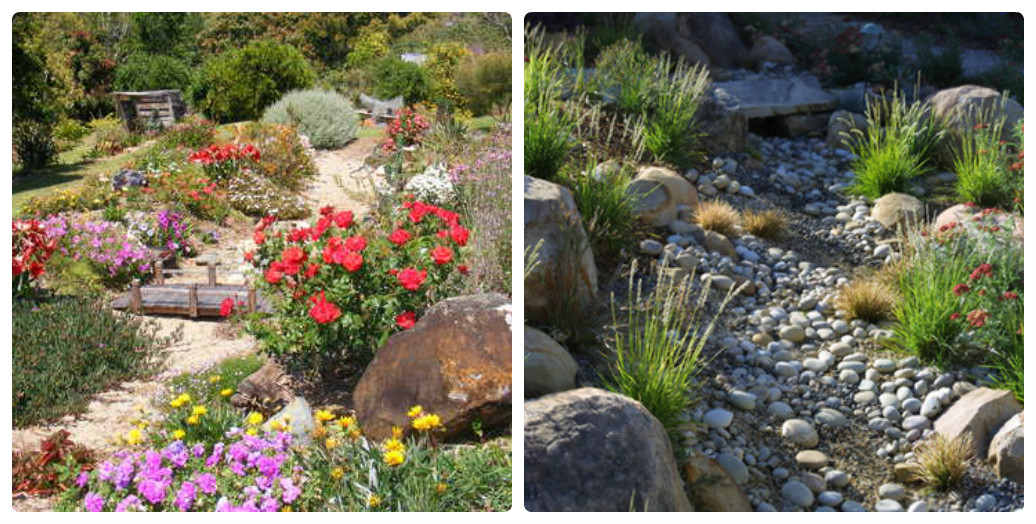
Plants for a dry stream
With the help of the plants that we plant in the stream, you can get an even greater effect of the similarity of the stream in nature. It is better to use plants that really grow near water. Ornamental grasses, daylilies, irises, ground cover plants look very beautiful in a dry stream. Plants whose flowers resemble the color of water will look beautiful: blue lobelia, muscari, forget-me-not, blue Carpathian bells and others. Plants in a dry stream are placed in pots. We immerse the pots in the stones and sprinkle with stones so that the pots are not visible. You can also plant plants around a dry stream, in the ground.
Dry streams look very elegant in the landscape, it is pleasant to admire them, and think that this is a real stream, and when it rains, it will come to life…
